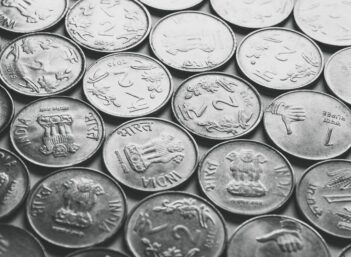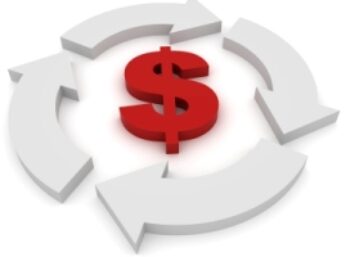What is a Trade Balance?
The trade balance, also known as the 'balance of trade (BOT)', is the calculation of a country's exports minus its imports.
How Does a Trade Balance Work?
When a country imports more than it exports, the resulting negative number is called a trade deficit. When the opposite is true, a country has a trade surplus.
For example, if the United States imported $1 trillion in goods and services last year, but exported only $750 billion in goods and services to other countries, then the United States had a trade balance of negative $250 billion , or a $250 billion trade deficit.
In the United States, the Bureau of Economic Analysis calculates the trade balance. The trade balance is a component of a country's current account, which in turn is a component of the balance of payments (BOP)
Why Does a Trade Balance Matter?
The trade balance is used to help economists and analysts understand the strength of a country's economy in relation to other countries.
A country with a large trade deficit is essentially borrowing money to purchase goods and services, and a country with a large trade surplus is essentially lending money to deficit countries. In some cases, the trade balance correlates with the country's political stability because it is indicative of the level of foreign investment occurring there.



